Learn To Manage Late Blight Resistance In Tomatoes
[blackoutgallery id=”62171″]
Late blight is a problem for potato and tomato growers virtually every year. It’s no secret that new strains of the pathogen, Phytophthora infestans, which is Greek for “plant destroyer,” continue to emerge and are becoming more aggressive, and, in some cases, resistant to fungicides.
With that concern looming, what options do tomato growers have to keep late blight in check? One researcher says confirming the origin of the pathogen is the place to start.
Erica Goss, a University of Florida plant pathology assistant professor, wanted to clear up the confusion about the origin of the pathogen. For years it was thought that the pathogen originated in Mexico, but a 2007 study indicated that it came from the South American Andes. After analyzing four sequenced genes from more than 100 strains of the pathogen, Goss found relationships among them that lead to Mexico as the pathogen’s origin.
An Aggressive Organism
“The pathogen is very good at overcoming our management strategies,” Goss said in a recent University of Florida news release. “To come up with better solutions to late blight, we need to understand the genetic changes that allow it to become more aggressive. By understanding past changes, we can design new strategies that are more likely to be robust to future genetic changes.”
In addition to the pathogen becoming resistant to chemical control, it has a history of overcoming single-gene resistance bred into potatoes, and new, aggressive strains are showing up in the field, she says. “Because it is difficult to predict future changes, we have to look at its past evolution,” she adds.
Multiple Options
According to Pam Roberts, a plant pathologist at the University of Florida, tomato growers currently have several fungicides — with different active ingredients — available to them that are specific to this oomycete pathogen.
She agrees with Goss that overcoming fungicide resistance is critical to growers. Citing the chemical mefenoxam as an example, Roberts says the danger occurs when a grower doesn’t realize that the pathogen has become resistant to the chemical, which can occur after multiple applications or if the population that occurs in the field is already resistant.
“It is a matter of monitoring the population, knowing what is in the field, and making sure the fungicides being used are effective,” she explains. This is also why rotating different modes of action is so important with this disease.
Click on the next page to continue reading…
A Proactive Approach To Late Blight Control
Roberts mentions that growers in the Southeast know from historic outbreaks when late blight will occur, and usually are prepared with a preventive spray program in place. Within the last couple of decades, the disease has shown up annually with the exception of 2003 for unknown reasons. It can initiate as early as November and sometimes as late as February, depending on when conditions favorable for the disease, such as cool and damp weather, are present.
In Florida and in the Southeast, once growers know that late blight is in their fields, an area-wide notice is sent to other growers, indicating that the disease has been confirmed in nearby fields.
“Once they know that late blight is present in the area and there is an active outbreak, then they can adjust their spray schedule,” she says.
In addition to making the necessary adjustments to a spray schedule, Roberts tells growers to start the season by including cultural controls in their disease management program.
First, she says to start the season with healthy tomato transplants. A robust plant is always in better shape to withstand attacks from pathogens.
She also tells growers to avoid too much moisture in the field whenever possible. Rainfall cannot be controlled, but irrigation practices can. Today, Roberts says many tomatoes in Florida are produced using drip irrigation, which keeps wetness off leaves.
Knowledge Of The Pathogen
According to Goss, researchers suspect some of the new aggressive strains have moved up from Mexico.
“I think U.S. growers would benefit from a proactive approach that monitors the pathogen in Mexico, a source of new variation, to better prepare for strains that arrive in the U.S.,” she says. “We have a monitoring system now within the U.S. (usablight.org), and Europe is now monitoring across the continent (http://euroblight.net), too.
“There is also the possibility that there are resistance genes in wild relatives of potato and tomato that have not been fully utilized for breeding resistant plants,” says Goss. “A Mexican origin suggests that Mexico may be the most productive place to look for resistance to the pathogen.”





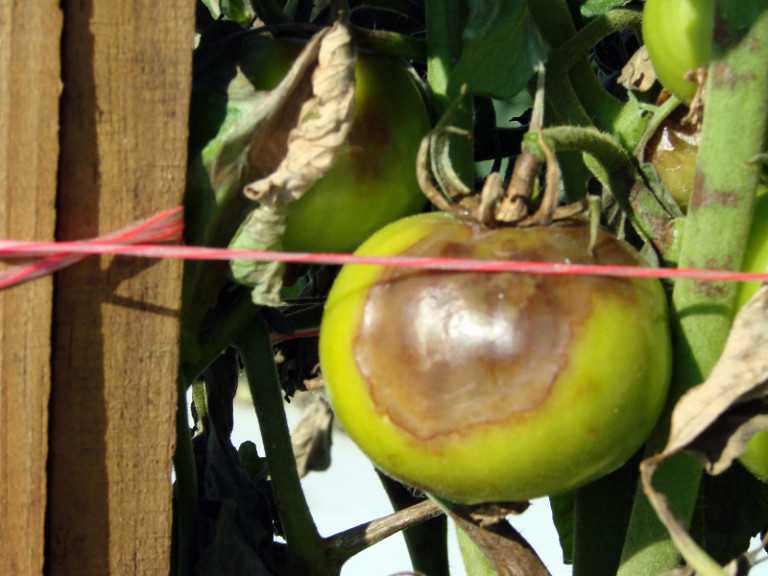
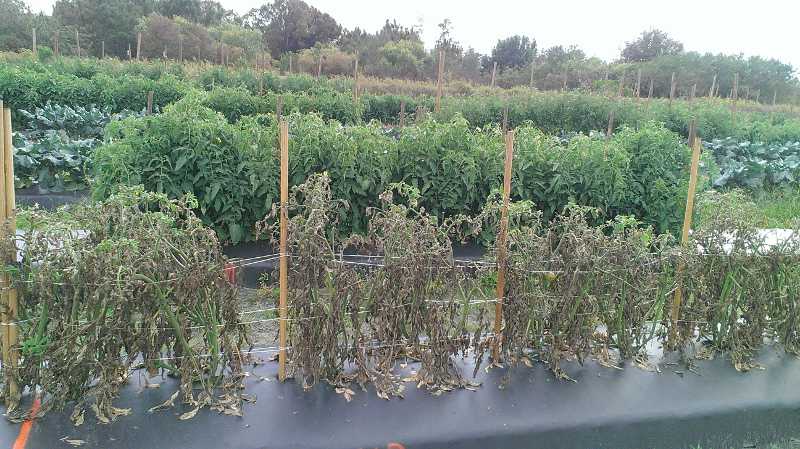
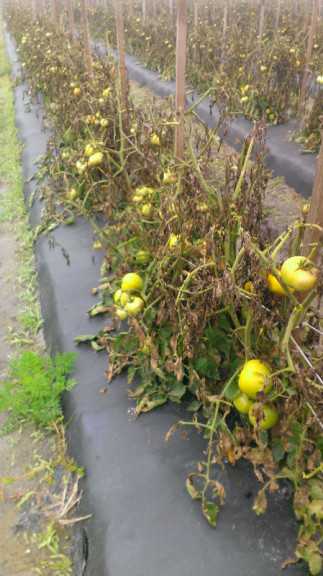
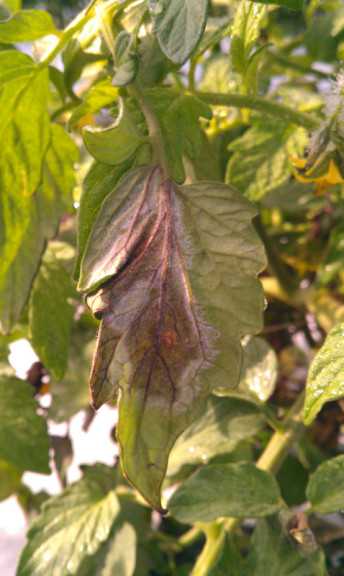
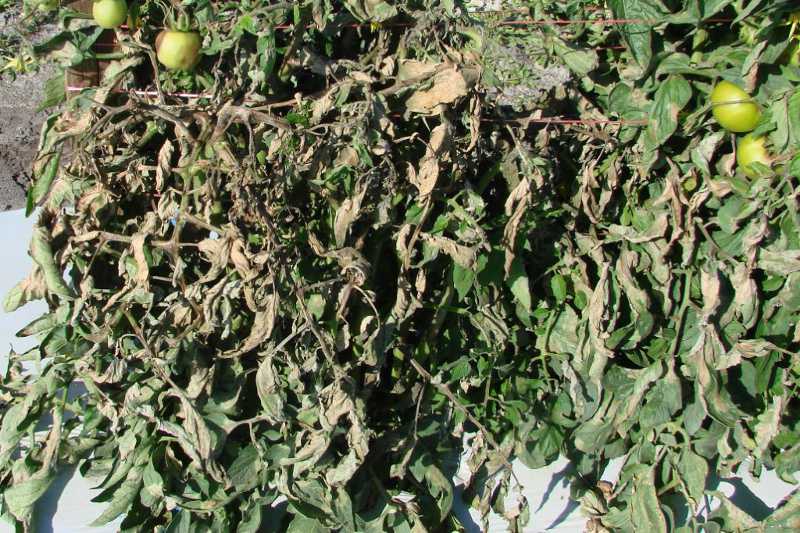
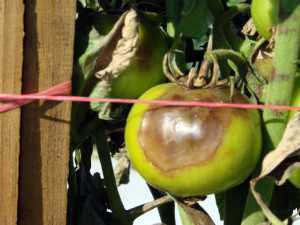
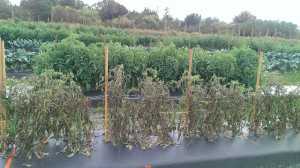
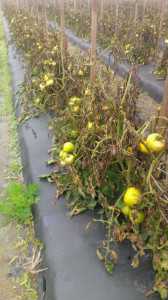
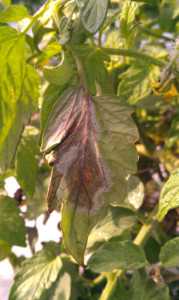
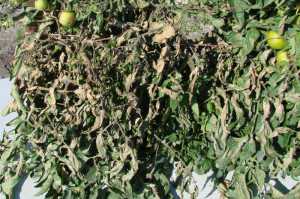








![2023 Vegetable Seed Trials: What’s New in Tomatoes [Videos]](https://www.growingproduce.com/wp-content/uploads/2023/11/Pink-Delicious_tomatoes_gallery-300x169.jpg)
